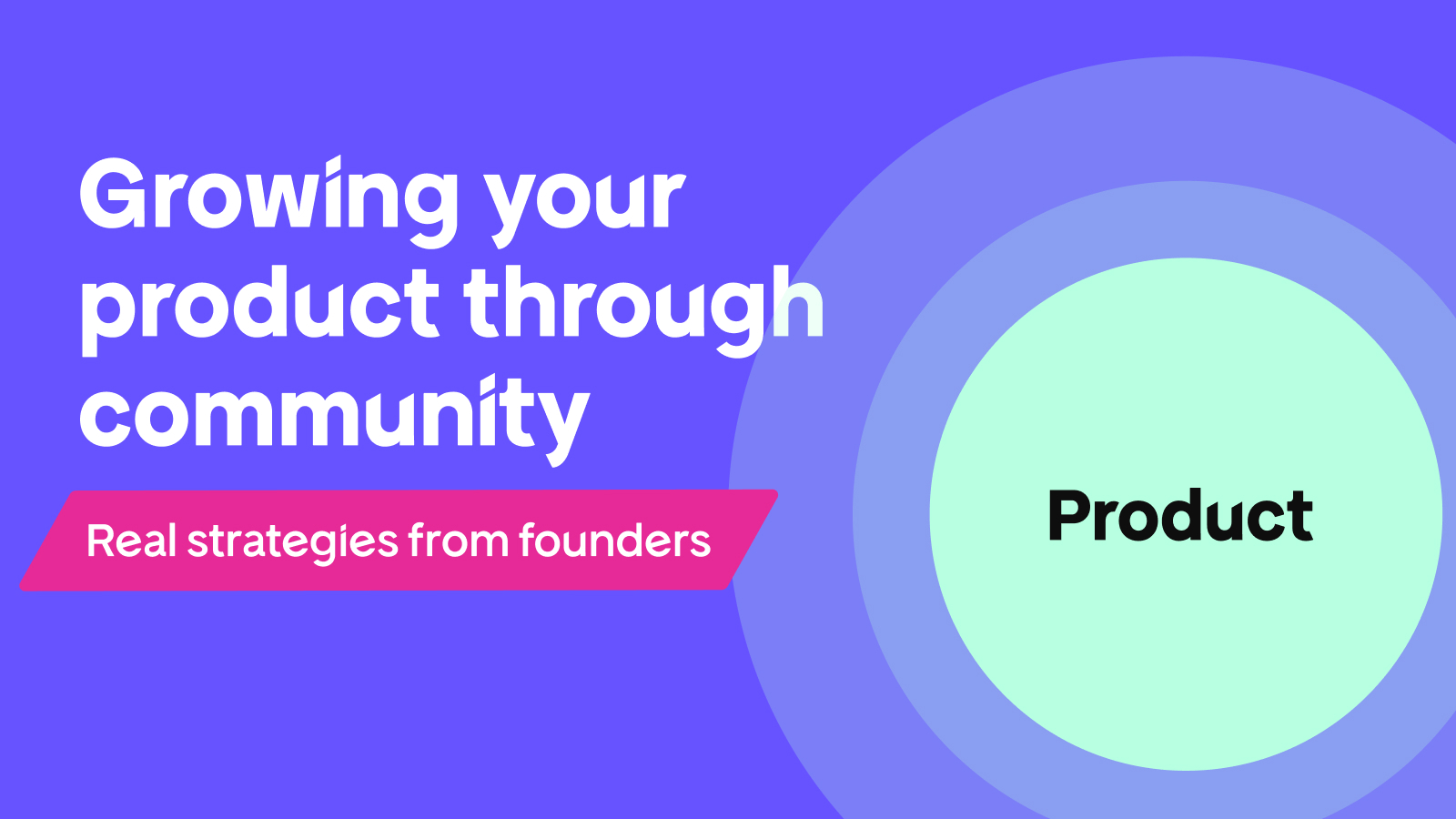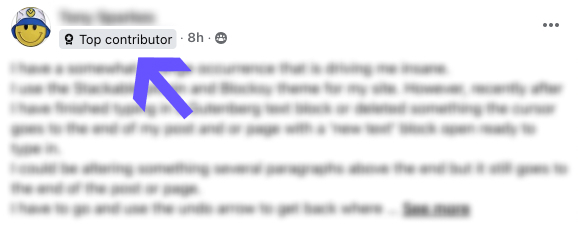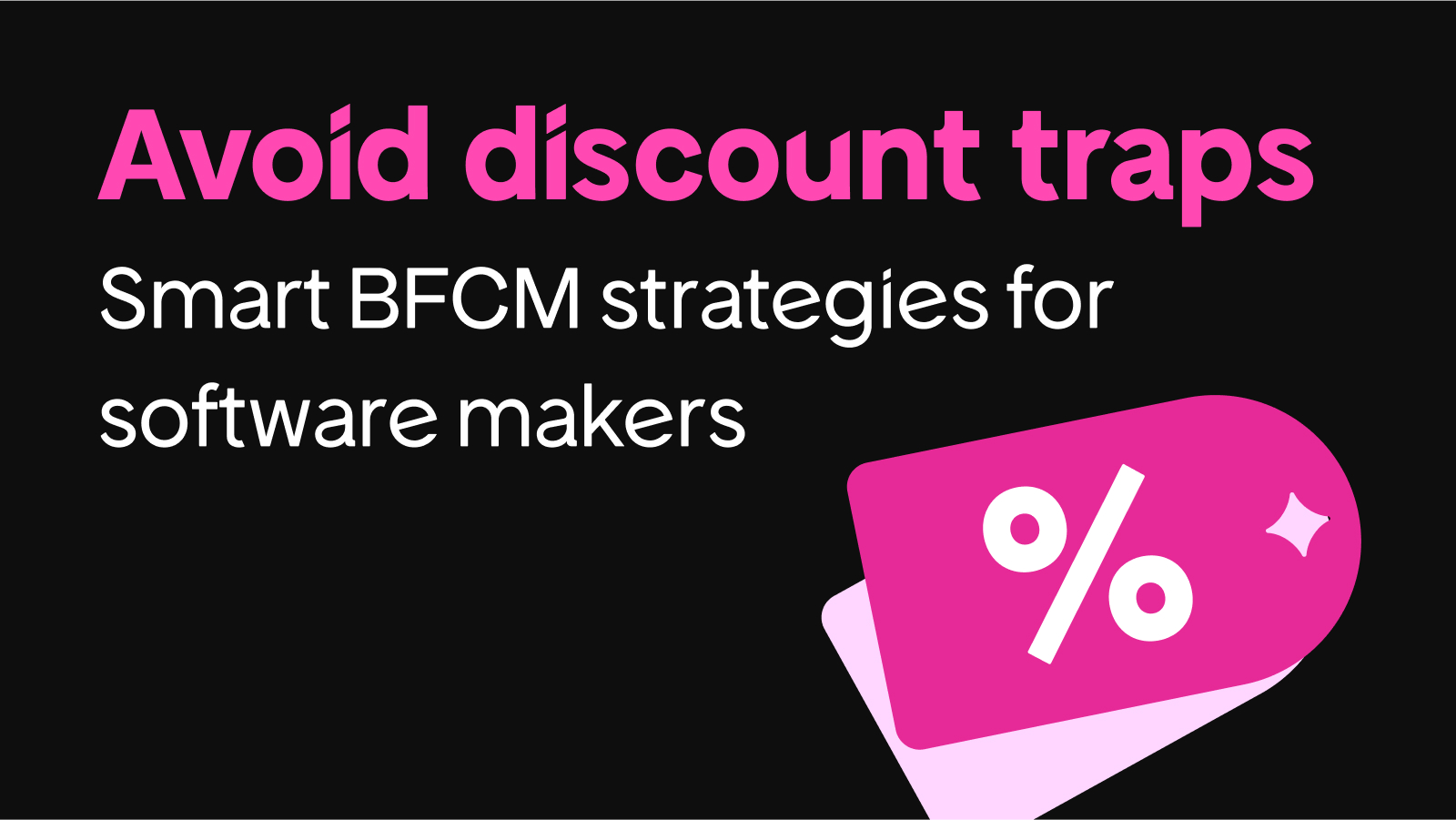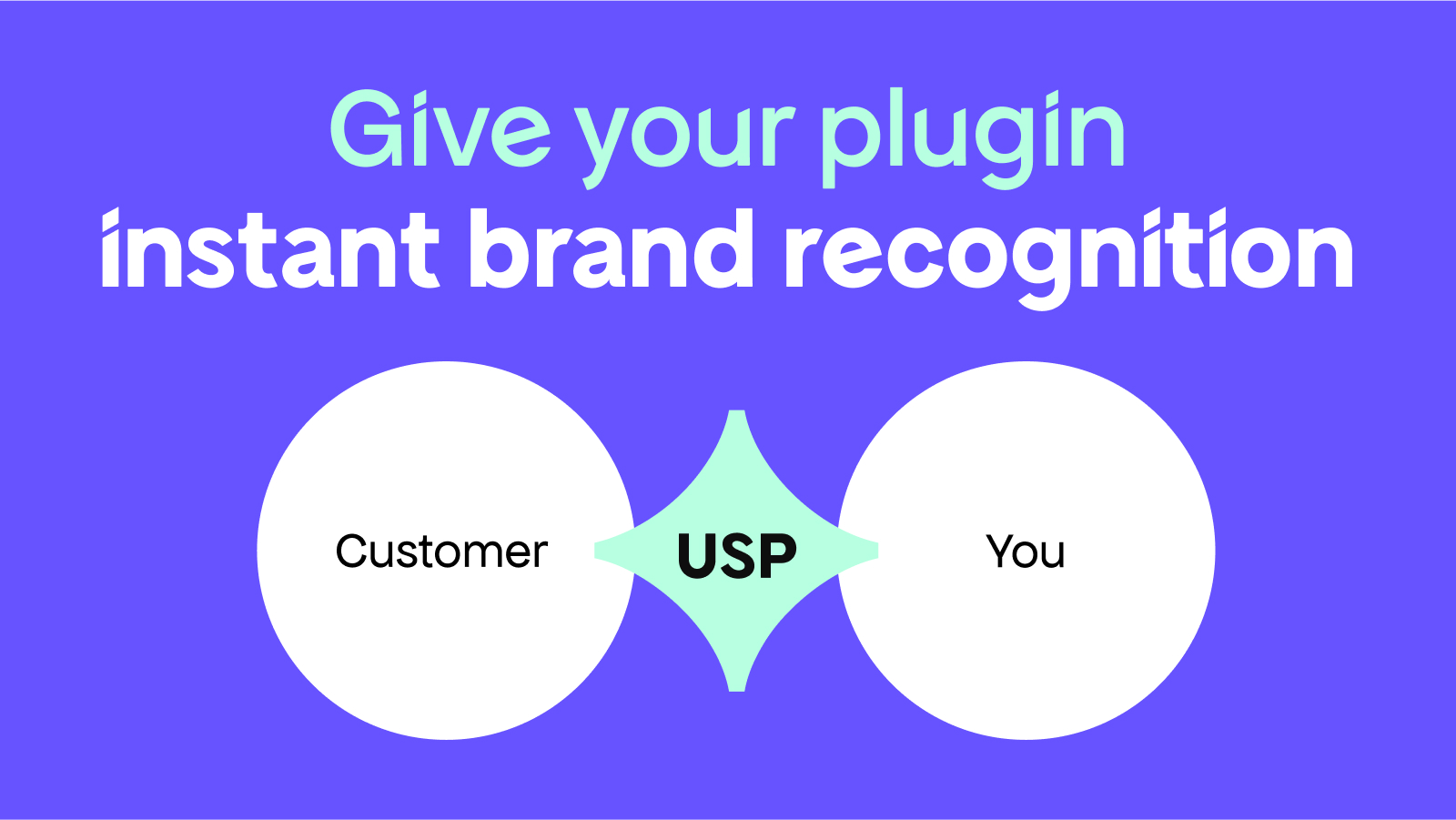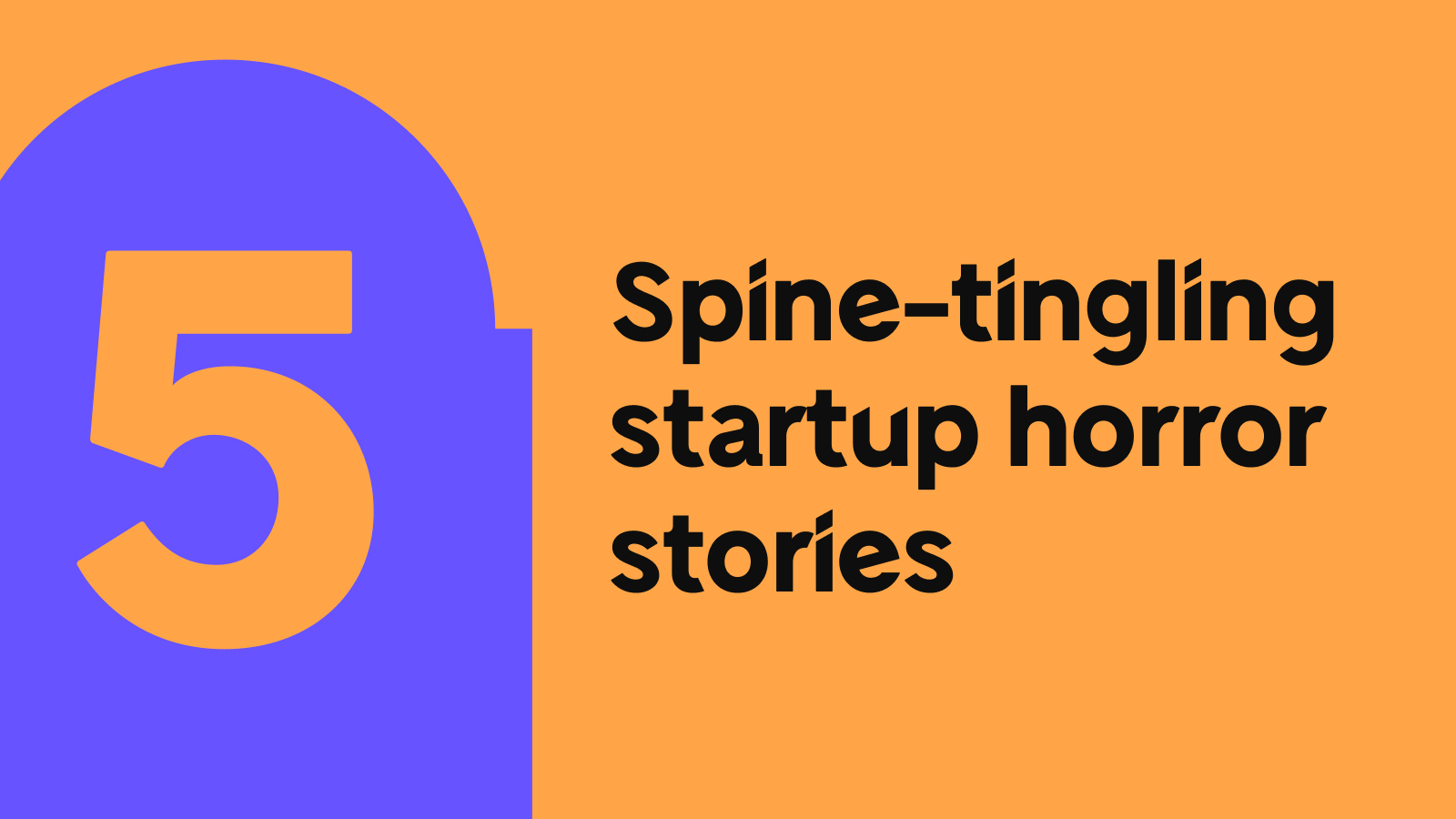|
|
As a software maker, you’re probably part of an online community — be it a Facebook group, Slack channel, or product-specific forum. If you’ve found value in these spaces, creating one for your own software product could be a smart move.
Your vision? A crowded hub of active users posting daily. The possible reality? A digital space that feels more like a ghost town, with occasional drive-by comments.

To ensure you don’t sink into a low-engagement rut, this guide will show you how to build a community that drives organic growth, gives you a competitive edge, and sparks product innovation.
For real-world insights on building a thriving community, we interviewed four experts who’ve been through the journey themselves:
- Verdi Heinz, co-founder of Code Snippets Pro
- Sergiu Radu, founder of Blocksy
- Florian Daugalies, CEO and founder of ClickWhale
- Vova Feldman, Freemius founder and CEO
Let’s get building.
How Software Makers Can Create a Thriving Online Community
Starting from scratch? Then your first step is to:
Research Your Audience
The insights you uncover can set a strong foundation, helping you structure the community, prioritize content and discussions to attract early adopters, and choose a “best fit” platform.
Answer these questions to get to know your audience:
- Who are my target community members?
- Where do they hang out online?
- What kind of problems do they talk about?
- How do they interact with my product?
Find these answers by conducting surveys among your existing users to see what they want and expect from a community centered around your product.
You can also analyze product usage data to identify common user profiles. Based on your findings, you can then create user personas (for instance, “Sarah the Solo Maker” or “Tom the Small Business Owner”). Find more information on how to do this here.
Once the research is done, it’s time to act. What’s your next move?
Choose the Platform for Your Online Community
Build your community foundation where “your people” already spend time. Create a space that feels familiar yet directly addresses their pain points — perhaps with dedicated channels for troubleshooting or collaboration.
You’ve got several options for choosing a virtual hangout place. For example:
Slack provides real-time communication and instant feedback, integrates well with numerous work tools, and has a familiar interface for most professionals. However, the free plan offers limited features.
Vova saw Slack as a great way to create an open line of communication with the Freemius community from Day One. Today, Freemius Slack has 1,600+ members and is the go-to place for many makers to discuss tips, pricing, marketing, tech, and the latest in the software business.
“I started the Freemius Slack right away — the primary reason was to have a direct communication channel with our audience. From my experience as an entrepreneur, I knew how important it was to network with like-minded people. Also, from my experience building a side project solo, I knew how lonely it could get when you’re an indie maker. I didn’t necessarily look at the community as a business growth strategy; it was more about getting a tight feedback loop with our audience and creating a place to exchange ideas, collaborate, get inspired, learn from others, and help each other with connections and opportunities.”
X gives you access to a large, diverse, and active user base, makes quick interactions easy, and has a low barrier for entry. Still, tweets can easily get lost in the fast-moving (and competitive) feed.
Discord is popular among younger, tech-savvy users, offers voice and video alongside text chat, and provides a flexible roles and permissions system. That said, it might not be suitable for all industries, given that it’s still pretty gaming-centric.
Ultimately, it boils down to balancing what your audience prefers and what features the platform offers — like customization, integrations, and scalability (even if you’re starting small, think ahead!).
For example, GitHub is a good place for a community of software makers as it integrates seamlessly with code repositories. Another example: if your audience is most active on X, that’s the sweet spot and the ideal platform to build your community.
How to Attract and Engage Early Community Members
Enticing early adopters is essential for getting your community off the ground — they often inspire others to join, provide tech support for newcomers, and cultivate a positive vibe around your software.
If you’re building in an established space, Verdi advises tapping into existing communities.
“If you’re lucky, you’re in a space that already has a strong community. In our case, it’s WordPress, and you don’t have to start from absolute zero. All you need to do is let them know: ‘Hey, within this larger community, we’ve now started one specifically for our product company.'”
Besides broadcasting that your community is open for business, what practical steps can you take to attract your “product pioneers” and keep them engaged?
Ensure Smooth Onboarding
First impressions stick, so make joining your community a positive experience by keeping it simple and making new members feel genuinely welcome. There are several steps you can take to make this happen:
- Create a warm welcome message. It should clearly state what members will gain from joining, such as access to resources, networking possibilities, and community support, and include a brief guidelines overview.
- Develop an easy-to-navigate community structure with clear categories or channels to help newcomers orientate themselves. Build a “Start Here” guide to give members essential information about the community and help them navigate the platform. This guide should be concise and scannable, containing:
- A welcome section with community purpose and an explanation of how to get started
- Posting guidelines and moderation policies
- Key resources (important links, tools, learning materials)
- Instructions for joining relevant channels or discussions, asking questions, searching for information, asking for assistance, participating in events and activities, leaving feedback, etc.
Freemius pitches the value of our makers’ community on our SDK integration page. Here, our users can opt to join our Slack community and meet other like-minded makers.
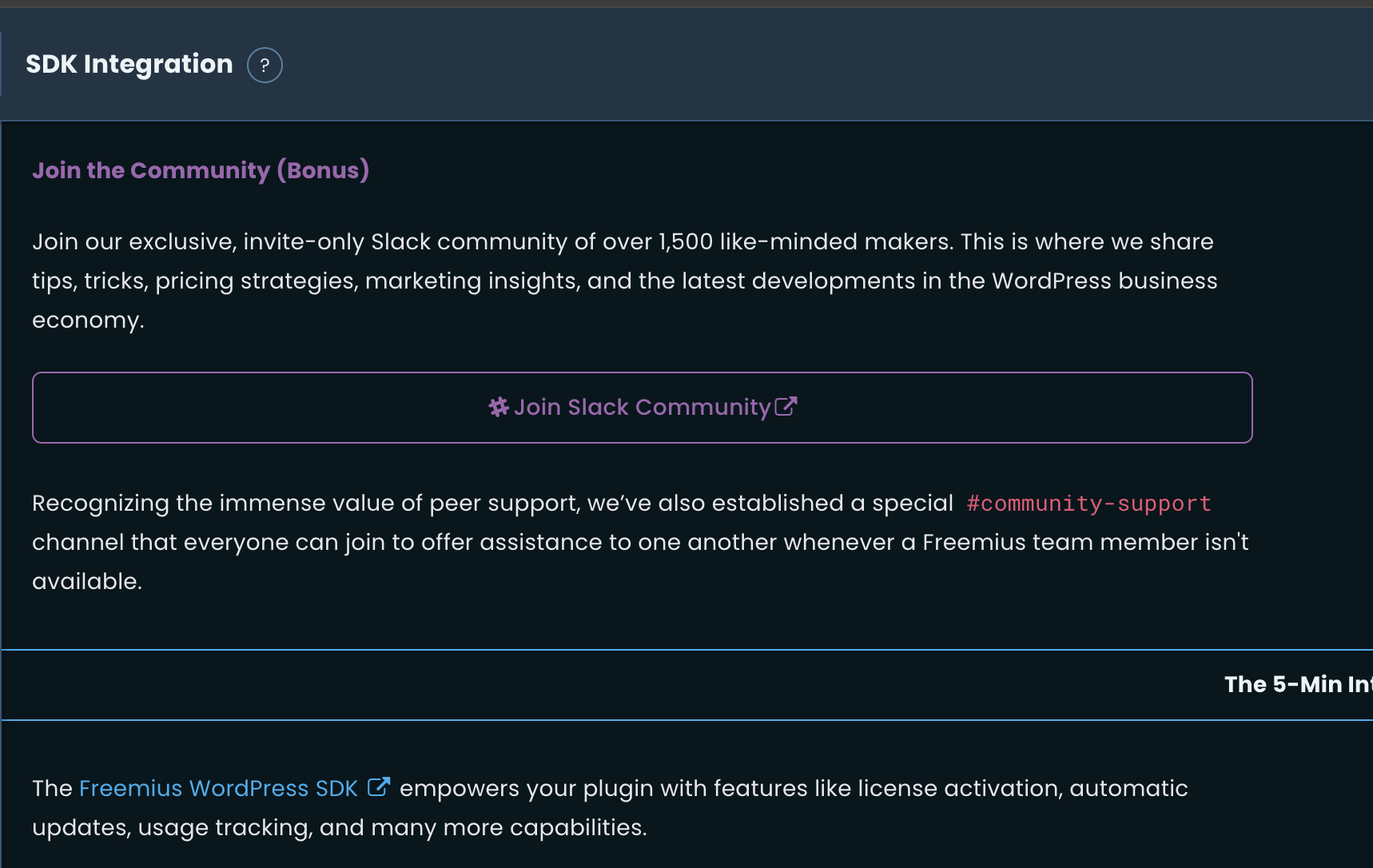
Be Genuinely Helpful
Verdi suggests focusing on solving specific issues instead of starting with sales pitches.
“If there were no problems, we would have no jobs,” Verdi remarks. “If you go to a community saying ‘Hey, we recognize that you all have this problem and we have a solution for it’ — that attracts people.”
Sergiu Radu, co-founder of Blocksy shares that simplicity has worked best to promote his Facebook Community.
“We just added a button in our product dashboard that links to it,” he clarifies. Today, Blocksy’s Facebook group has over 9,000 members, which confirms that providing genuine, authentic value through your community is the best marketing strategy and a surefire way to build trust and loyalty.
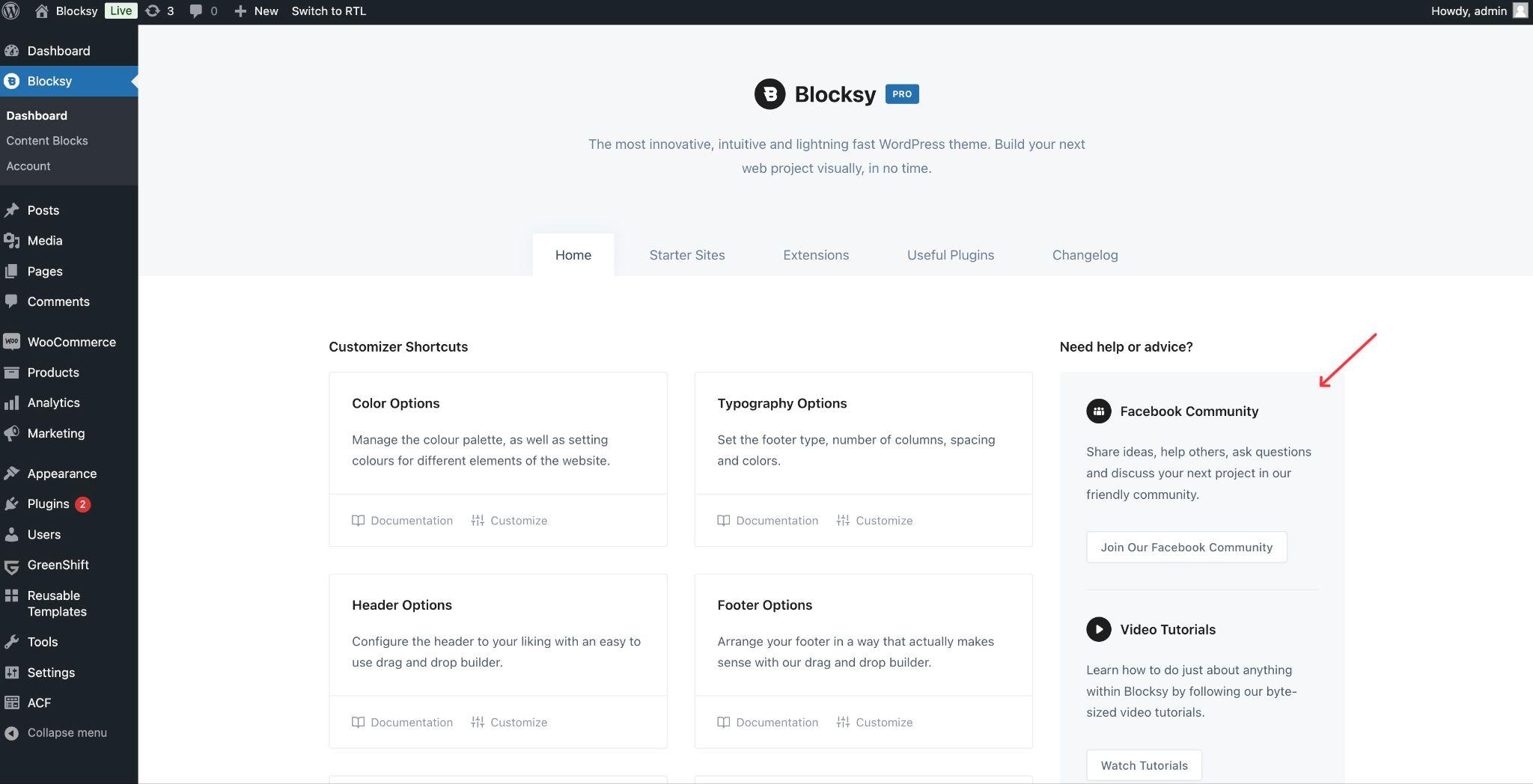
Verdi adds that he believes attentiveness is truly the best recipe for building a thriving community.
“Listen. Really listen to your users. Listen to why they’re upset — why they’re asking for this or that. And even if you believe it’s something ridiculous and has nothing to do with your company, make the effort to respond. Users want to feel heard.
Another good tactic: Do 1-on-1 interviews with users — you can say something like: ‘Hey, we call every hundredth new customer and help them install the software and take them through the whole journey.’ This creates a good impression and shows you really care, and it’s something that will filter through to other users in the community.”
Fostering Engagement and Participation
Once members see the value of your community, it’s time to deepen engagement and encourage participation.
You want lively discussions, exchange of useful resources, and genuine relationship-building among your audience. This can transform individual users into invested community members who actively contribute to projects and support your and each other’s success.
For example, Xaver Birsak, the creator of Mailster, regularly contributes to the Freemius Slack community and promotes our platform publicly:
I finally hit 5K MRR with @freemius 🚀
It hit a plateau in September but has started to grow steadily again 📈 pic.twitter.com/5Kl0qk5Fij
— Xaver (@xaver_) November 15, 2024
“Staying connected to people is important to me. It’s even better when they have similar jobs and can help me with problems and questions, and it’s always great to be able to meet them in real life, too,” says Xaver.
So, other than being helpful and sharing practical, informative material with your members, what else can you do to make your community thrive?
Recognition and Rewards
Communities flourish when members feel appreciated — acknowledging contributions and rewarding efforts actively fosters an engaged community.
Sergiu shares Blocksy’s approach: “We occasionally offer our premium version for free to highly active users who assist us in testing new features and updates.”
Other effective recognition methods include:
- Publicly acknowledging active contributors
- Implementing achievement badges (such as “Top Contributor” or “Rising Contributor”)
- Offering exclusive benefits to engaged members (such as premium access, extended trial periods, custom implementation guidance, or priority support)

Interactive Events and Activities
Physical and virtual events create stronger bonds within the community. A successful event is:
- Purpose-driven, with clear objectives and value proposition
- Well-curated and includes the right mix of participants and content
- Professionally facilitated, involving guided interactions and networking
- Follow-up focused and encourages continued engagement after the event
- Value-added, with tangible benefits for participants
Vova describes Freemius’ flagship event, Makers’ Meetup: “The idea is to bring makers together in the same place to enjoy drinks and food and get to know each other, talk shop, and build partnership opportunities.”
Whether virtual or physical, your job at these events is to facilitate communication and networking. “I know my community members and I know what they’re looking for,” shares Vova. “I can basically grab their hand and say, ‘Hey, I think you need to meet John because John is doing this and that’.”
Events that drive engagement include:
- User meetups and conferences
- Live Q&A sessions
- Product demos and beta testing
- Workshops and training sessions
Engaged community members can become natural brand ambassadors.
Florian has seen this in practice many times: “One of the most valuable benefits has been the word-of-mouth promotion that comes from enthusiastic users. When people feel connected to our brand and see the value in our product, they naturally share their positive experiences, bringing in new users without any extra marketing effort.”
Bonus tip: Time your in-person events strategically to make the most of them. “We do our Makers’ Meetups as a side event during the largest conferences,” says Vova.
At the @Freemius party with founders and devs! Having a fantastic time networking and celebrating. #WCEU #WordCampEurope #FreemiusParty #Networking pic.twitter.com/7uxfrGXlr5
— Varun Dubey (@vapvarun) June 14, 2024
Creating Discussion Opportunities
Sometimes, people need a gentle push to engage in conversations online.
As the community leader, you should be there to spark conversations. Encourage users to share their experiences, ask questions, and collaborate. This builds a loyal user base and provides invaluable feedback for product improvement.
Starting conversations should feel natural and genuine. Verdi emphasizes the importance of thoughtful, authentic (human) community management:
“Don’t go to ChatGPT and say ‘Give me the top 10 best questions for a software community’. They may be perfect questions, but they’re not tailored for you. AI is a super hot trend, but at the end of the day, it’s just a tool. It can’t replace humans.”
Ask questions specific to your product, industry, or audience, topics that really engage your members — genuinely show interest in hearing their opinions and building relationships with them.

A few effective discussion strategies:
- Conversation thought-starters — anything from asking for feedback on a new feature to sparking a debate on industry trends
- Encourage members to share experiences and challenges — create a safe space for users to share their successes and struggles, as this can help others learn from their experiences
- Create themed discussion days or weeks — organize special events focused on specific topics to generate excitement and encourage deeper conversations
- Facilitate problem-solving conversations — actively participate in discussions and guide users towards solutions through providing expert advice, moderating debates, or simply listening empathetically
Discussions naturally bring differing opinions, which can sometimes lead to conflict. Clear guidelines will help prevent or keep tensions from escalating. Here’s how Sergiu maintains peace in Blocksy’s community:
“Firstly, we have a community rule that says ‘Be kind and respectful, no hate speech or bullying’. New users have to agree with the community rules. Otherwise, we won’t accept their application.
“Even if a conflict starts between users — we try to calm everyone down and give warnings. Usually, everything ends very fast and on a positive note.”
Peer-to-Peer Support
Communities become self-sustaining when members have each others’ backs. This can lead to user-generated support content, where experienced members assist newcomers, potentially reducing your support ticket volume.
Do both as a non-exclusive author. We’ve sold WooCommerce plugins on Envato, the WooCommerce marketplace and direct. Direct has been more successful by an order of magnitude.
Marketplaces are good for getting a bit of initial traction, but distribution isn’t what it once was,…
— Robin Pietersen from Foo ⓦ 🇿🇦 (@robinpietersen) November 14, 2024
Verdi notes this is especially useful for makers with free and paid versions, helping serve both groups efficiently without straining internal resources.
“If you have a free version that offers real value, people will want to learn how to use the product. Now, you can say, ‘We provide support, but only for paying customers. For free users, there’s the community, so please go there and ask your questions’. People will have an incentive to go to the community and an extra incentive to grow it.”

Ways to encourage peer support:
- Highlight helpful responses in community digest emails or feature community champions in your newsletters
- Create dedicated help forums organized by topic, “Question of the Week” threads, and troubleshooting channels
- Recognize top contributors by giving them “Top Helper” badges or status levels
- Start knowledge-sharing initiatives for user-generated tutorials and guides, even case study presentations from community members
For example, Freemius features makers from our community in a series called Success Stories. This way, we spotlight makers and their software journeys, creating opportunities for other members to reach out for advice or be inspired by their stories.
This approach creates a clear value proposition for the community, showing existing and potential members the connections they could make and who they could learn from if they join and become active in the community.
There are several channels in our Slack community where members encourage each other, announce new projects and products they launch, become each other’s beta testers, and more.
Product Development Involvement
The most successful community-driven products thrive on close collaboration with their users.
Community discussions can validate (or invalidate!) your product roadmap — it’s like having a focus group that runs 24/7 and immediate access to an audience interested in your solution and willing to buy from you.
Community members can also become your beta testers — they may use your product in ways you haven’t thought of, potentially uncovering bugs or opportunities for improvement before you invest in full-scale development.
Rapid feedback on new features or product changes enables swift iterations. And, at the same time, discussions in your community can reveal new use cases or untapped market segments (remember how Slack started as an internal communication tool?).
Vova explains: “We’ve managed to build an exceptional product because of our tight integration with the community and their invaluable input.”
”The community really helped the Freemius team shape the product and understand what our audience considers most important.”
This approach sharply contrasts with building in isolation, a lesson Vova learned from his earlier startup experience. “For over a year, maybe two, we didn’t have a single customer. So everything we built was based on assumptions — it was very frustrating for me to work on something theoretical without knowing if anyone was actually going to use it.”
Building a feedback loop with your audience ensures community members feel heard and valued. At the same time, it allows you to create a product that truly aligns with users’ needs and solves real problems in a way that works for them.
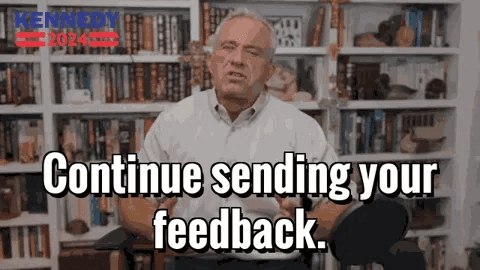
Members of our Slack community regularly use the #feature-requests channel to share their ideas on how our product can further be improved and requesting features that may not have occurred to our team (yet).
Here’s a recent example of something we implemented almost immediately — coupons for migrated customers.
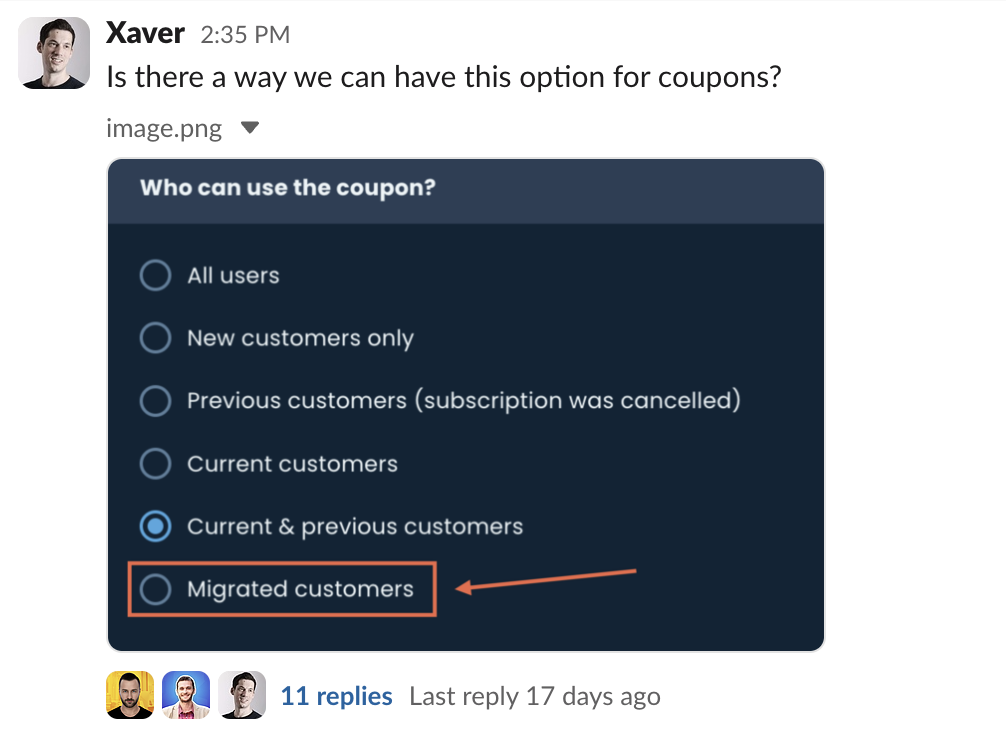
A few ideas to get your feedback loop spinning:
- Feature request discussions: Direct feedback channels, regular feedback sessions and interviews, focus groups, product roadmap discussions
- Beta testing programs: Feature preview sessions, beta-testing groups, UX workshops, user advisory boards
We have our own success story that serves as a powerful example of community-driven development. The new Freemius Checkout is the result of a collaborative effort between our team and our community of makers:
“We cultivated feedback from over 50 talented makers. The difference between how we initially imagined the Checkout and how it ended up looking after capturing all the feedback is just tremendous.”
This collaborative approach leverages what Vova calls the “hive mind” — combining diverse expertise from product people, technical experts, designers, and other talented community members.
“These people are makers: product people, technical people, UI and UX designers, all very talented and bringing their own backgrounds and expertise. We’re trying to encourage participation in the community to create this “hive mind” by communicating clearly that we’re building for them and that we could use their feedback,” Vova explains.
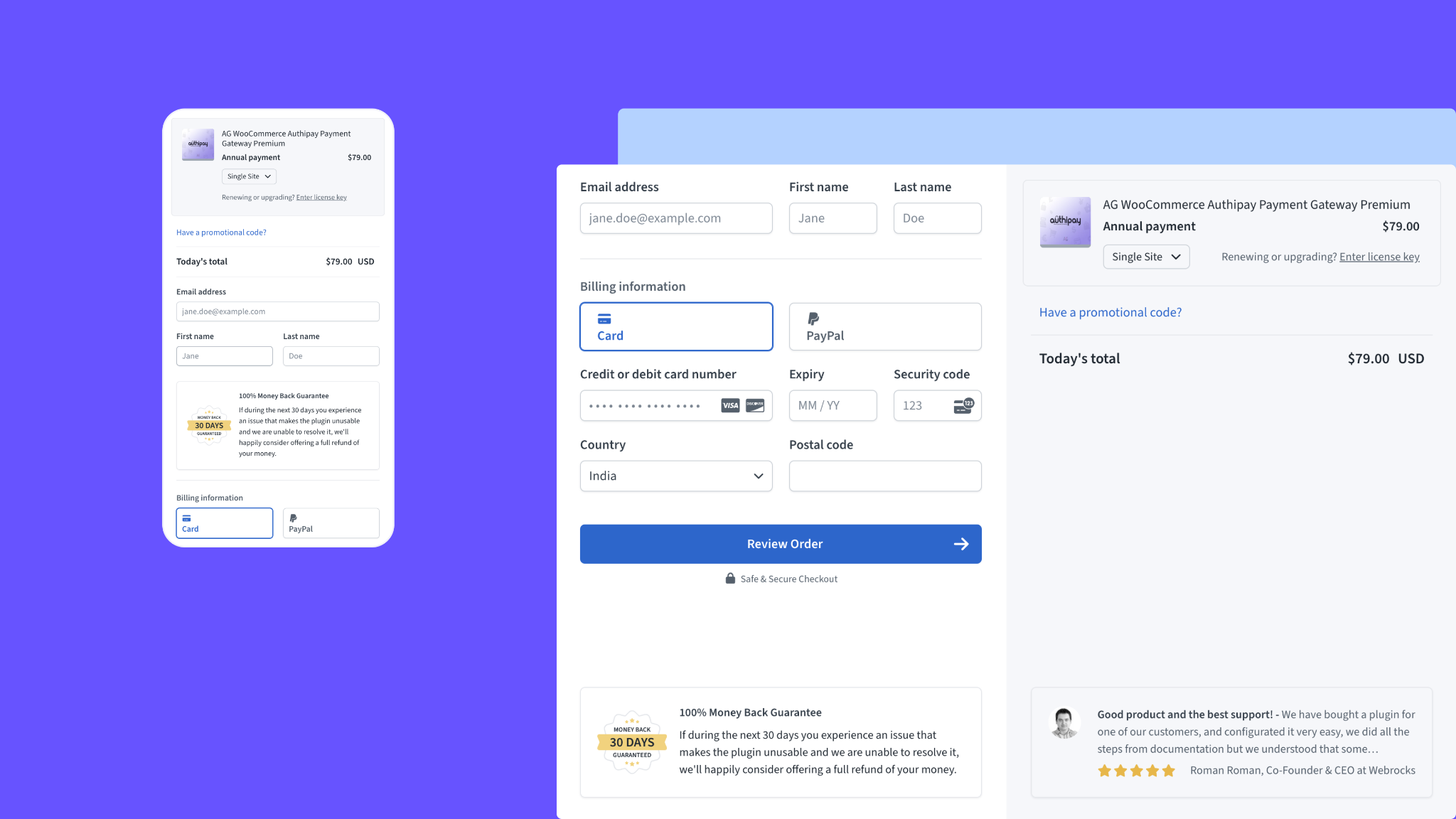
Building Thriving Communities: Your Next Steps
The journey of community building is both an art and a strategic need. As Verdi wisely notes: “Don’t come in like a sales-driven wrecking ball. Start by being genuinely helpful and taking the time to understand the actual goals of your customers.”
The most successful communities aren’t built overnight — they’re cultivated through consistent care and engagement. Start small, listen actively, enable connections, and be patient — the stepping stones to a strong community start with small, purposeful, and authentic acts.
Ready to begin? Identify one problem your audience faces and create a space for them to come together and solve it. The future of software isn’t just about code — it’s about the communities we build around it. What will you build?

